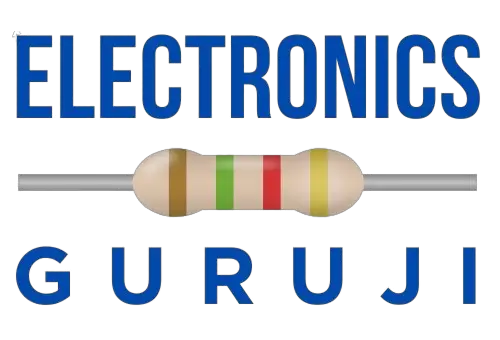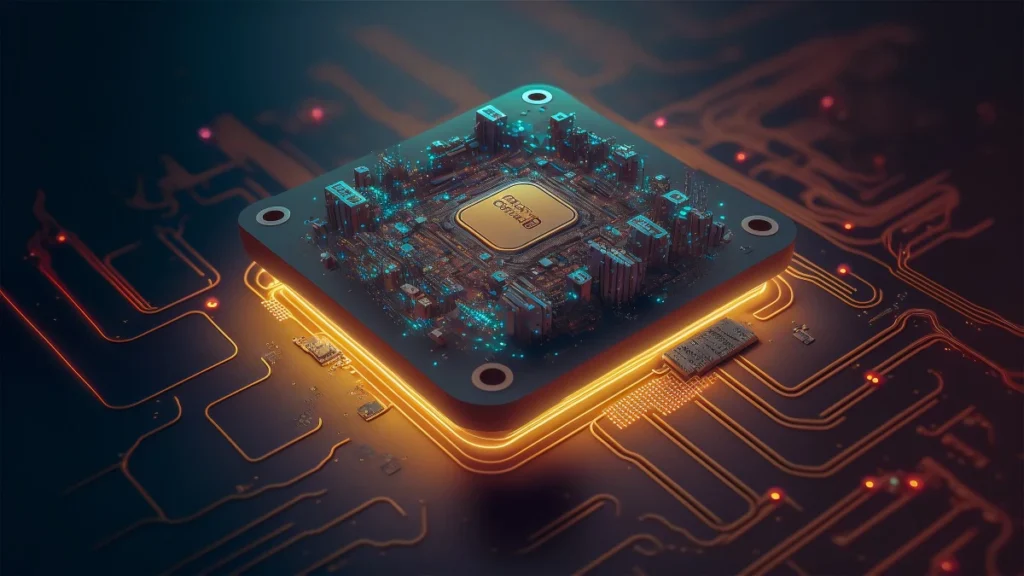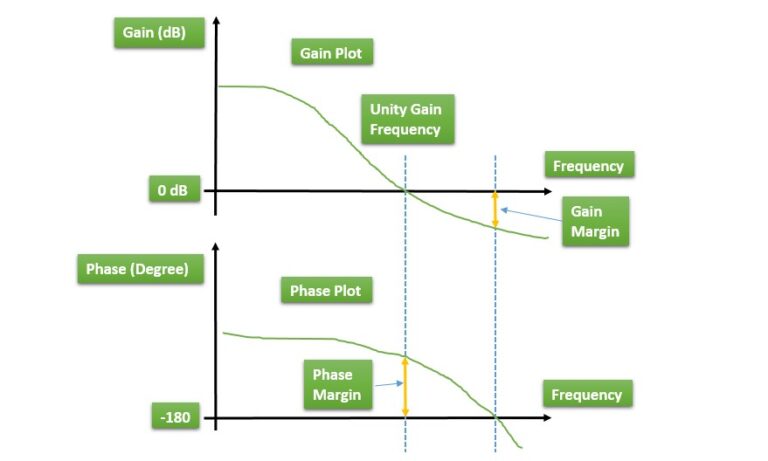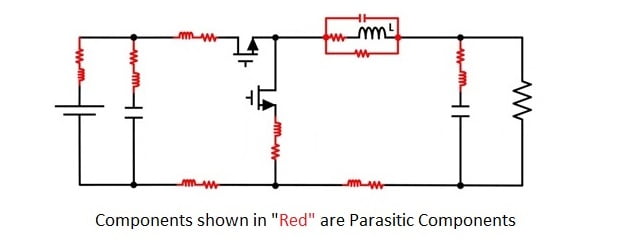Electronic devices have become an integral part of our daily lives, and behind every gadget, there’s a meticulously designed electronic circuit. In this article, we’ll delve into the world of electronics circuit designing, breaking it down into digestible components for both beginners and those looking to expand their knowledge.
1. Introduction to Electronics Circuit Designing
Before diving into the complexities of circuit design, it’s crucial to grasp the basics. Electronic circuit design involves creating a pathway for electrical current to perform a specific function, such as amplifying a signal, switching on a light, or processing data. These circuits are composed of various electronic components that work together seamlessly.
2. Understanding Basic Electronic Components
To design circuits effectively, you need to be familiar with electronic components like resistors, capacitors, and inductors. These components influence the behavior of the circuit and are the building blocks of more complex designs.
3. Circuit Design Fundamentals
Understanding voltage, current, and resistance is fundamental to electronics. Ohm’s Law, which relates these variables, is the cornerstone of circuit design. Knowing how to apply Ohm’s Law is crucial for determining component values and ensuring proper circuit operation.
4. Building Blocks of Electronic Circuits
Resistors, capacitors, and inductors are passive components that regulate the flow of electricity. Diodes and transistors, on the other hand, are active components that can amplify signals and control current flow. Integrated Circuits (ICs) contain multiple components on a single chip and are the heart of modern electronics.
5. Tools and Software for Circuit Design
In today’s digital age, designing circuits often involves specialized software tools. These tools enable engineers to create, simulate, and optimize electronic circuits efficiently.
6. Schematic Diagrams and Circuit Simulation
Schematic diagrams are blueprints of electronic circuits. They use symbols to represent components and connections, making it easier to visualize the design. Simulation software allows engineers to test circuits virtually before building physical prototypes.
7. Designing Power Supplies
Power supplies are vital in providing the necessary energy for electronic circuits to operate. Learning how to design stable and efficient power supplies is a crucial skill for circuit designers.
8. Amplifiers and Signal Processing Circuits
Amplifiers are used to boost weak signals, while signal processing circuits manipulate signals for various purposes. Understanding these concepts is essential for audio, radio, and communication system designs.
9. Microcontrollers and Embedded Systems
Microcontrollers serve as the brains of many electronic devices, controlling their functions. Exploring microcontroller programming and embedded system design opens up exciting opportunities for innovation.
10. PCB Design and Layout
Printed Circuit Boards (PCBs) are the physical platforms that house electronic components. Learning how to design PCBs ensures a compact and efficient layout.
11. Prototyping and Testing
Building prototypes and conducting thorough testing is a crucial part of circuit design. This step allows designers to identify and rectify issues before mass production.
12. Troubleshooting and Debugging
Circuit designers must have troubleshooting skills to identify and resolve problems that may arise during operation.
13. Advanced Topics in Circuit Design
For those seeking to specialize, there are advanced topics like RF circuit design, the distinction between analog and digital circuits, FPGA design, and high-frequency circuits.
14. Future Trends in Electronics Circuit Design
The field of electronics circuit design is continuously evolving. Stay updated on emerging technologies like quantum computing, nanoelectronics, and Internet of Things (IoT) to remain at the forefront of innovation.
15. Conclusion
In conclusion, electronics circuit designing is a captivating field that bridges theory and application. It empowers individuals to create devices that shape the modern world. Whether you’re designing circuits for a career or as a hobbyist, the journey of exploration and creation is both fulfilling and rewarding.







